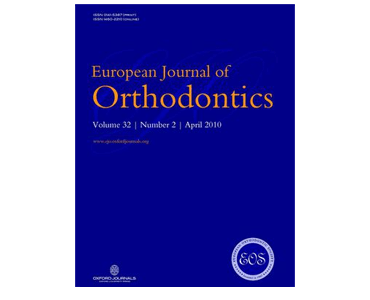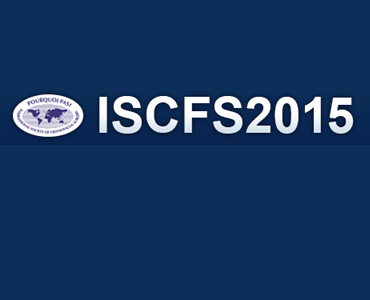Using the 3D Facial Norms Database to investigate craniofacial sexual dimorphism in healthy children, adolescents, and adults. MJ Kesterke, ZD Raffensperger, CL Heike, ML Cunningham, JT Hecht, CH Kau, NL Nidey, LM Moreno, GL Wehby, ML Marazita, and SM Weinberg.
Date: April 2016 Source: Biology of Sex Differences. Background: Although craniofacial sex differences have been extensively studied in humans, relatively little is known about when various dimorphic features manifest during postnatal life. Using cross-sectional data derived from the 3D Facial Norms data repository, we tested for sexual dimorphism of craniofacial soft-tissue morphology at different ages.…








